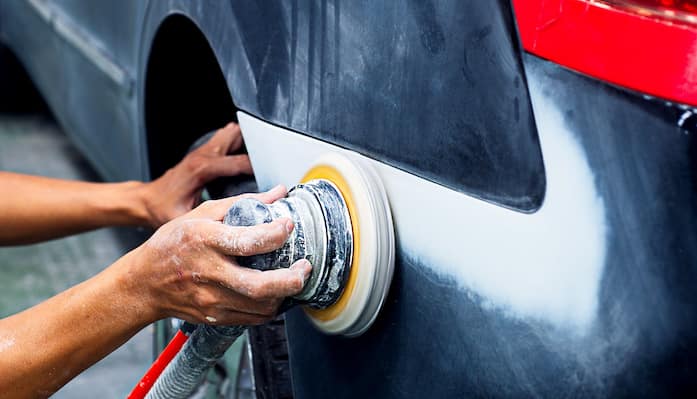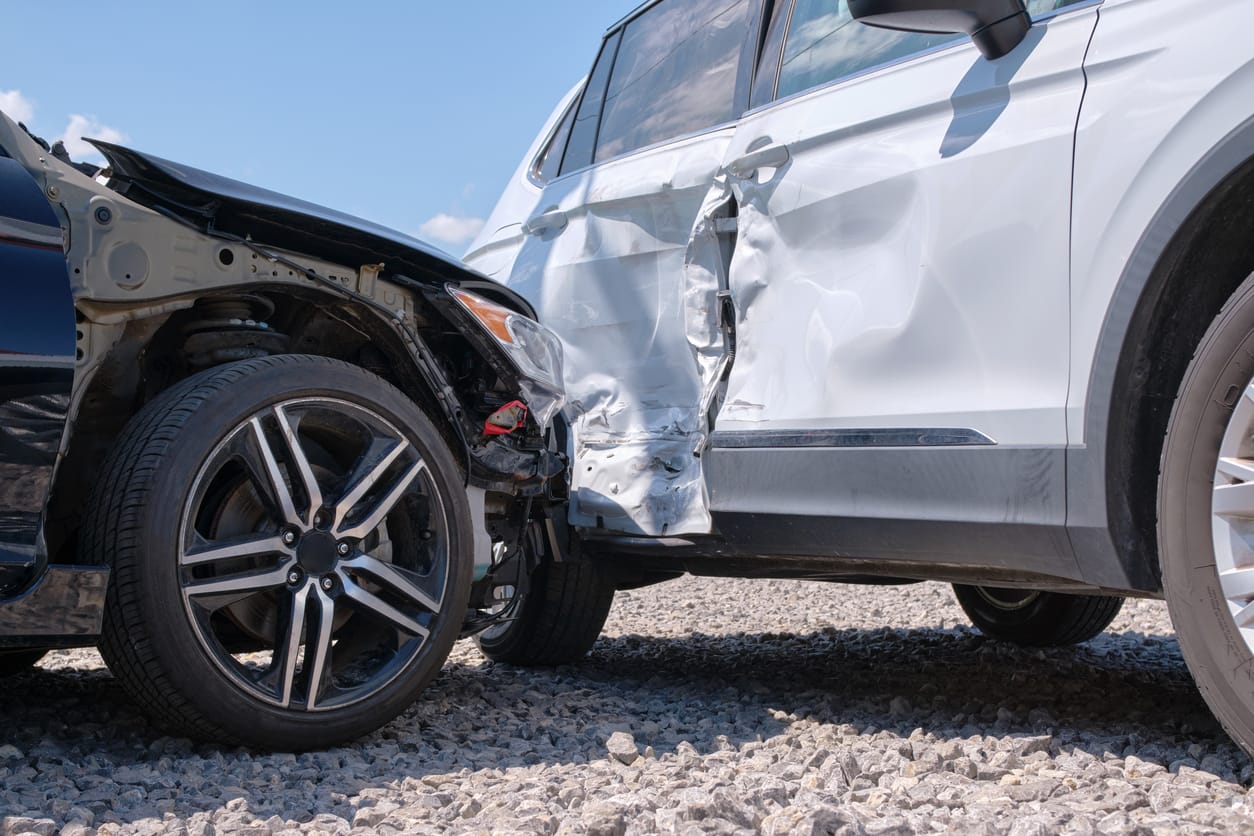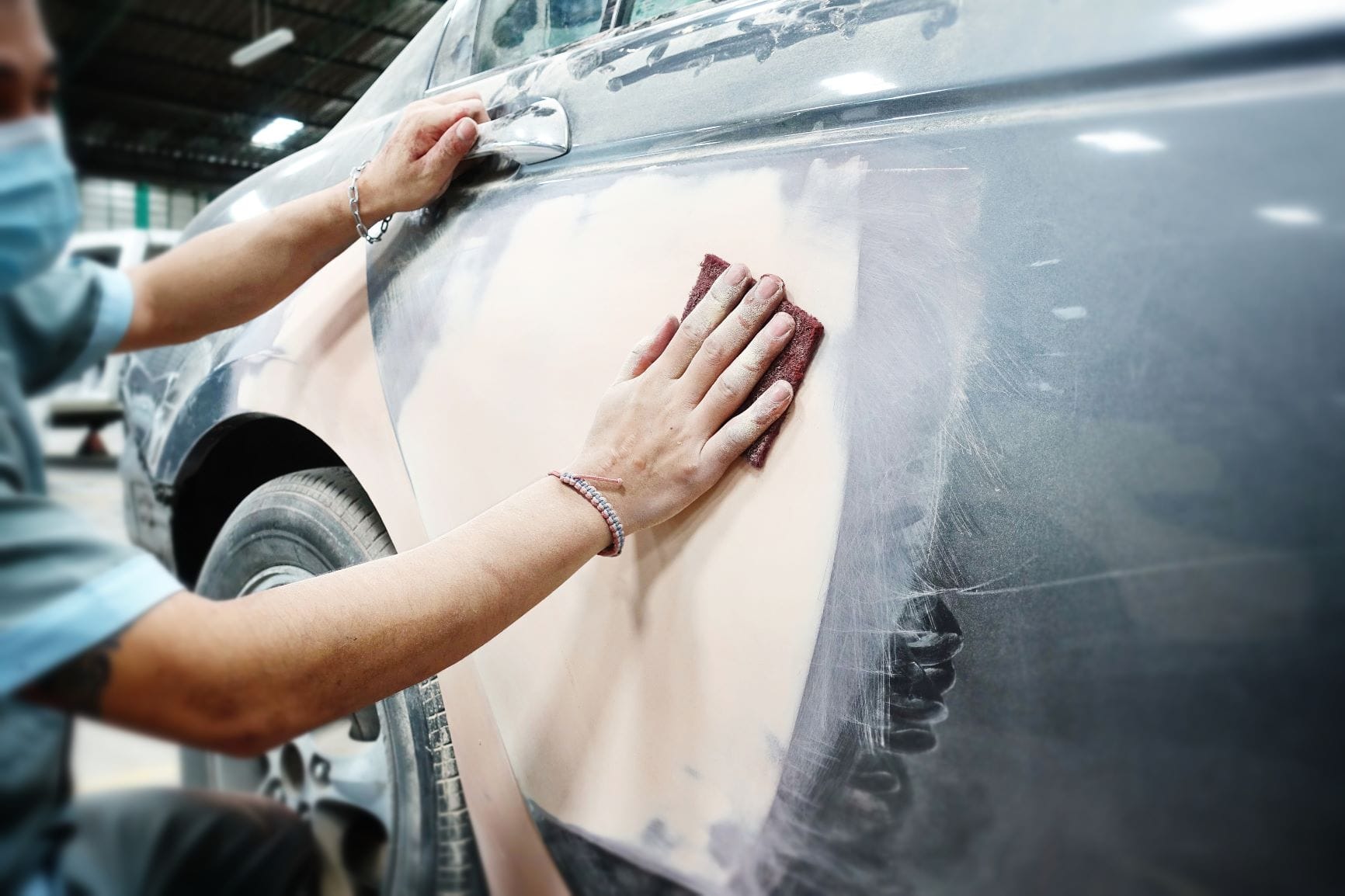Paintless Dent Repair (PDR) is a method used to remove minor dents from the body of a vehicle without the need for repainting. This technique is popular because it preserves the car’s original paint, avoiding the need for expensive and time-consuming bodywork.
Here’s how PDR works:
Process:
- Assessment: The technician first examines the dent to see if PDR is suitable. PDR works best for small to medium dents that haven’t damaged the paint or caused extensive damage.
- Access: The technician gains access to the backside of the dent by removing panels or going through openings to get to the dented area.
- Specialized Tools: Using specialized tools, the technician carefully massages the dent from the inside of the panel, gradually pushing it back into its original shape.
- Precision: The process requires precision, as the goal is to restore the panel to its pre-dent state without causing any damage to the paint.
Benefits:
- Cost-effective: Since there’s no need for painting or filler, PDR is usually much cheaper than traditional bodywork.
- Time-saving: It’s often much faster than conventional dent repair, sometimes taking just a few hours.
- Preserves Original Paint: PDR maintains the car’s factory paint finish, which is preferable for aesthetics and resale value.
Limitations:
- Not for all dents: PDR isn’t suitable for all types of damage, especially those where the paint is chipped, cracked, or if the dent is too severe.
- Edges and deep creases: Dents near panel edges or in hard-to-reach areas may not be easily fixed with PDR.
It’s a great solution for minor dents, such as those caused by hail, parking lot accidents, or minor bumps.




